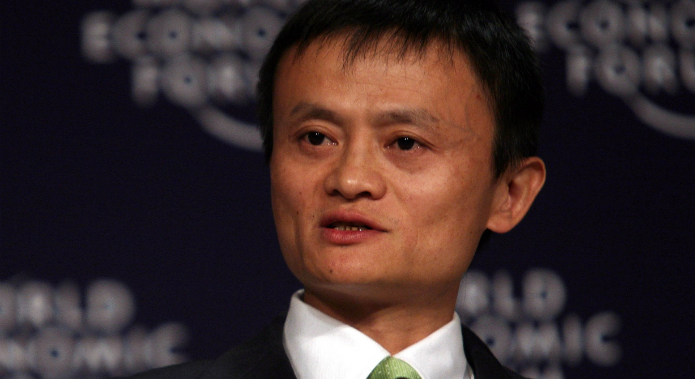I doubt many people watched the live coverage of Alibaba’s opening trades on the New York Stock Exchange last Friday
The few who did surely could not have failed to feel the feverish atmosphere that was breaking out in the floor as we waited, for two hours, for the opening price to be confirmed.
In the end, it all went rather well. As has been reported elsewhere, the stock rose from its subscription price of $68 per share to nearly $100 before settling to close at around $94.
The underwriters even managed to get out the additional shares they hold in reserve, the mysteriously named greenshoe, to make it officially the biggest ever IPO. At $25 billion it surpassed the $22 billion record established by Agricultural Bank of China back in 2010.
The black art of an IPO
Given the buzz that has been building for several months now all that may, in hindsight, have looked like a foregone conclusion.
However, the skill of selling an IPO is a delicate one, something of a black art.
There has to be enough interest in the company, and enough value in the IPO price, to attract the necessary subscribers and sustain interest in those opening few hours and days; but not enough that you attract too many “flippers” to the table, looking for a quick profit, who perversely end up sinking the stock in their rush to exit.
An extra dimension, often overlooked, is that the whole purpose of the IPO is to create an orderly and liquid market in the shares, which requires as many sellers as there are potential buyers once the greenshoe has been exercised. In other words, you want some short term investors to get the market going.
The juggling act
Even when the books are closed it takes a huge effort to get that first price.
Orders are coming in by computer from around the world but are being matched off and managed by a team of bankers and traders in order to find a single opening price and get trading off and running.
It’s a bit like a jumping from a moving train, the momentum has to be just so for it to work at all. Hence the two hour process.
Remember that the Facebook IPO from 2012 was equally as anticipated as Alibaba, and yet the underwriters struggled on that first day to support the shares above its IPO price.
Within a week it had fallen from $38 to $26. And to compound the issue the NASDAQ exchange was overwhelmed by orders and trading in those early hours was not orderly at all.
Can anyone win?
And it is not just about getting that big ‘pop’, far from it in fact.
One only has to look at the Royal Mail IPO last year to see that ire that can be directed at those perennial scapegoats, the bankers, if the IPO price it set too low.
It annoys the sellers, who sold too low to unworthy and fickle public equity investors, and it annoys the investors who all think they deserved to have been allocated more shares!
The perfect situation, I have been told, is for a stock to rise 10-15% on the opening day. This compensates IPO subscribers who took the risk to back the deal, and keeps the original investors happy because they have a little gain on their remaining stake but did not offer up too much on the stakes they sold.
Win-win.
So all told, given there were reportedly 1,700 accounts to satisfy and the deal was many multiple times oversubscribed, the bankers involved (and the NYSE) will have enjoyed their weekend I dare say.
Still, for a reputed $300 million in fees, it’s nice work if you can get it.

